- Category
- Latest news
Meet the Bison and Coyote: Canadian Armored Vehicles En Route to Ukraine’s Frontline
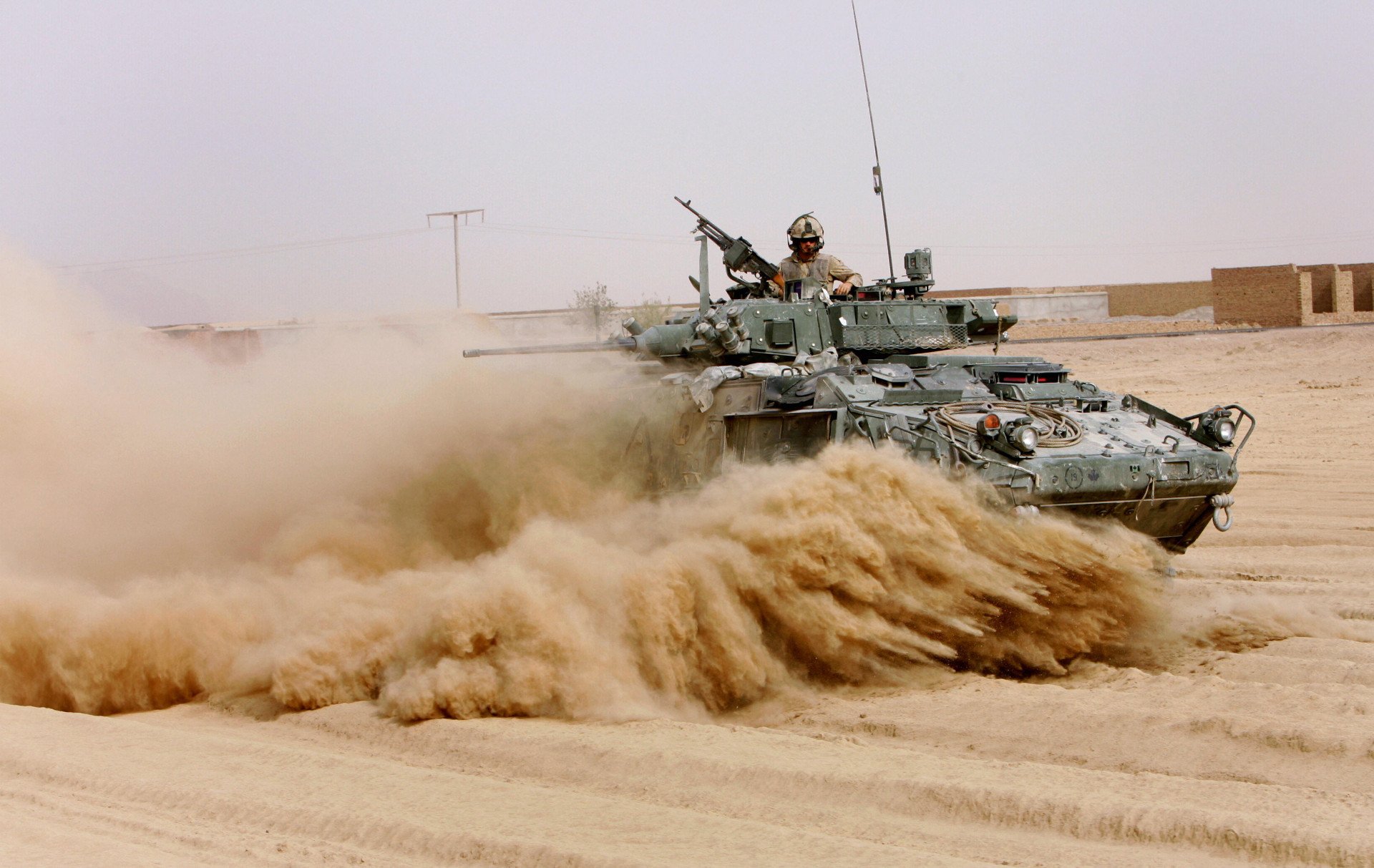
In early June 2025, Canadian Minister of National Defence David J. McGuinty announced a new $35 million military aid package to Ukraine during the 28th Ukraine Defense Contact Group meeting in Brussels.
Among the equipment pledged are Bison armored personnel carriers and Coyote reconnaissance vehicles—two long-serving Canadian platforms that will soon bolster Ukraine’s frontline mobility and surveillance capabilities.
As Ukrainian defense outlet Militarnyi reports, this transfer reflects growing Western efforts to modernize Ukraine’s vehicle fleet with proven NATO-standard equipment. But what exactly are the Bison and Coyote—and how will they enhance Ukraine’s ability to resist Russia’s invasion?
A shared LAV II heritage
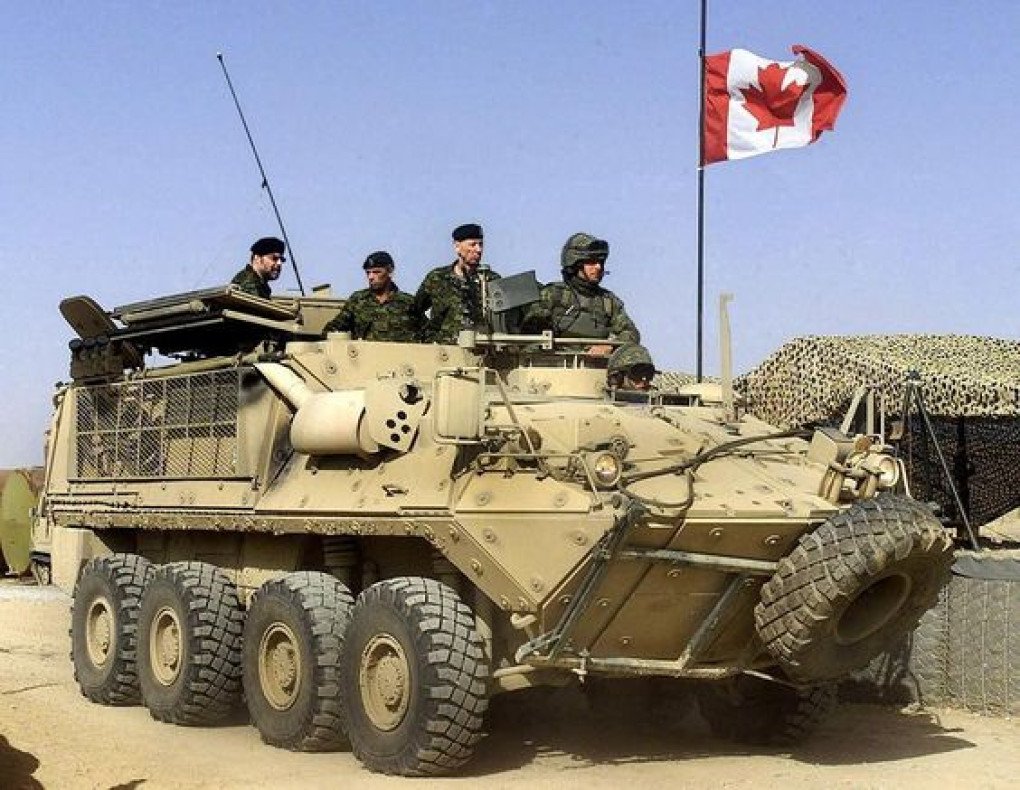
Both the Bison and Coyote are based on the LAV II platform, originally developed by General Motors Diesel Division Canada (now General Dynamics Land Systems Canada) in London, Ontario. The LAV II itself traces its design lineage to the Swiss MOWAG Piranha 8×8 and entered service with the US Marine Corps as the LAV-25 in the 1980s.
The Canadian Armed Forces acquired the Bison in 1989 as a flexible APC for Reserve Forces but quickly repurposed it for frontline roles. In total, Canada procured 199 Bisons in various configurations, including personnel carriers, command vehicles, mortar carriers, and recovery vehicles.
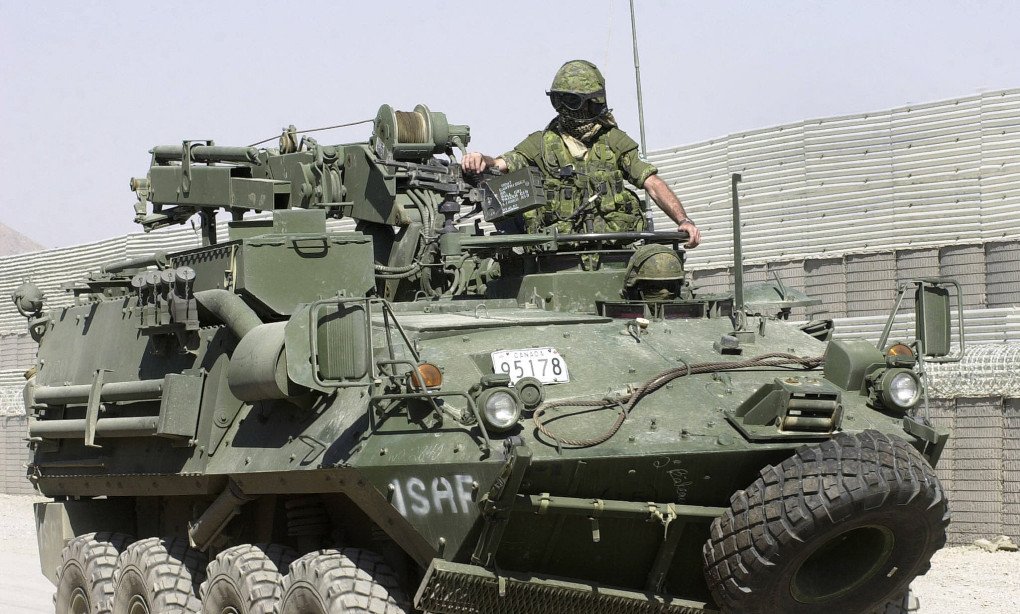
Unlike the turreted Coyote, the Bison features only machine-gun armament but compensates with its modular interior, allowing rapid role adaptation without structural changes. Its raised roofline and rail-mounted equipment system made it versatile for everything from troop transport to medevac operations.
Powered by a Detroit Diesel 6V53T engine producing 275 horsepower and paired with an Allison automatic transmission, the 13-ton Bison reaches speeds of up to 100 km/h. Though initially amphibious, post-2002 upgrades—including extra armor, NBC protection, and air conditioning—sacrificed swimming capability for improved survivability.
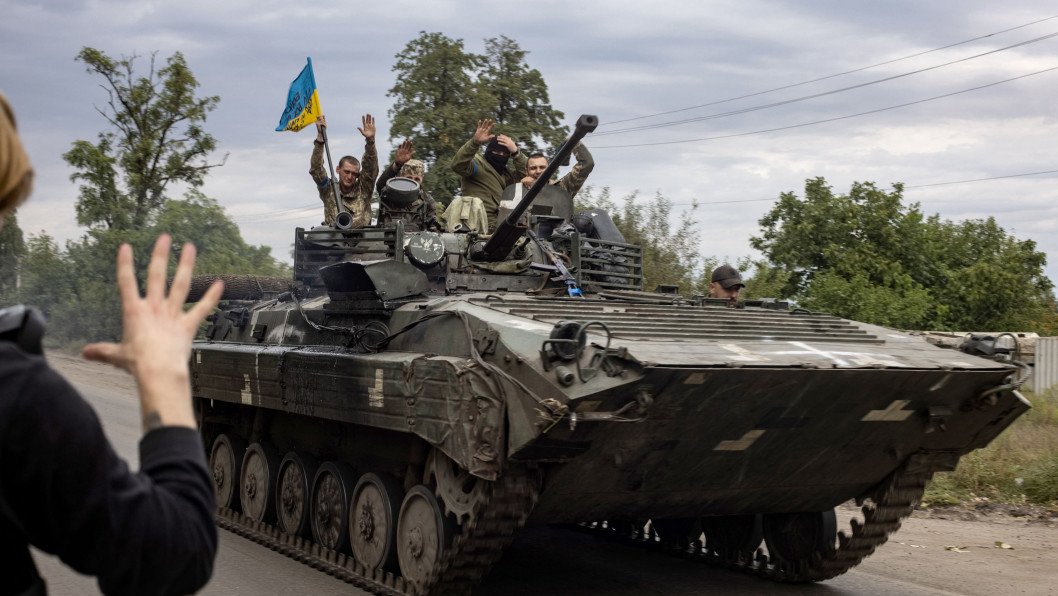
Canada’s Bisons have seen extensive service in UN and NATO missions, from Somalia and the Balkans to Haiti and Afghanistan. They are currently being phased out in favor of newer platforms like the LAV 6.
The Coyote: eyes on the battlefield
Introduced in 1996, the Coyote replaced Canada’s Lynx tracked scout vehicles and brought advanced reconnaissance capabilities to the field. Militarnyi notes that Canada purchased 203 Coyotes in three key configurations: a command vehicle, a variant with a 10-meter mast-mounted sensor suite, and a remote-sensor version with tripod-mounted gear deployable up to 200 meters from the vehicle.
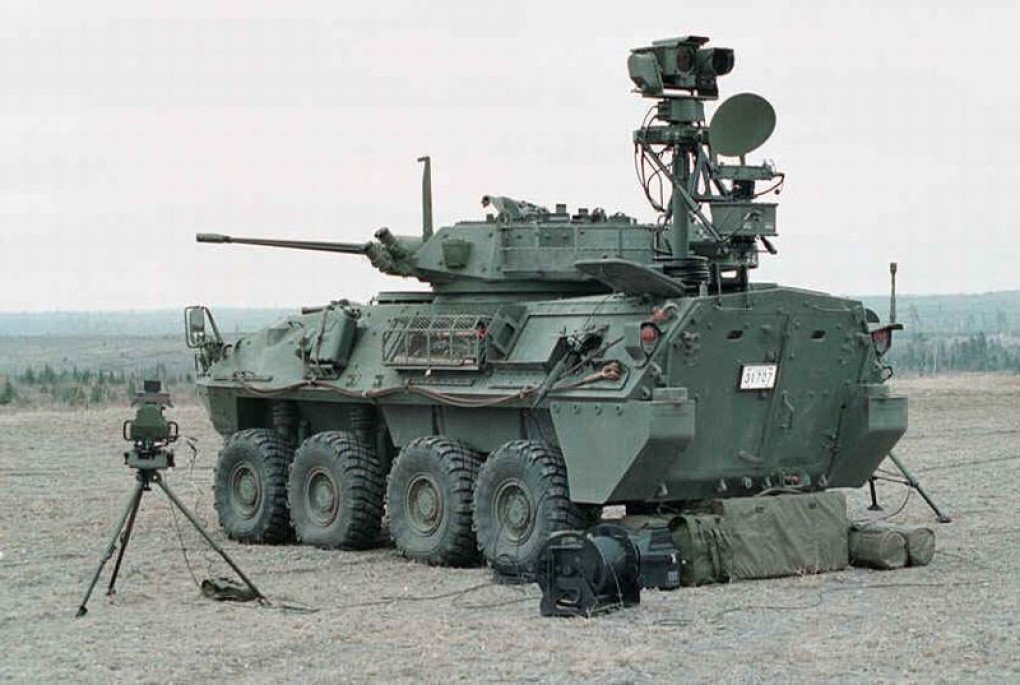
At its core, the Coyote is a hardened surveillance and fire-support platform. Armed with a 25mm M242 Bushmaster chain gun and two 7.62mm machine guns, it also carries laser rangefinders, thermal imaging, and periscopic sights. Its 8×8 suspension system and 275 hp engine allow for top speeds of 100 km/h and an operational range of 660 km.
Its armor protects against small arms and artillery fragments, while optional upgrades can resist 14.5mm armor-piercing rounds and even 30mm threats at the front. Crewed by four soldiers, the Coyote has served in NATO and UN missions across Bosnia, Kosovo, Macedonia, and Afghanistan.
Like the Bison, Coyotes are being replaced in Canadian service by the LAV 6—but not before passing on their utility to Ukraine.
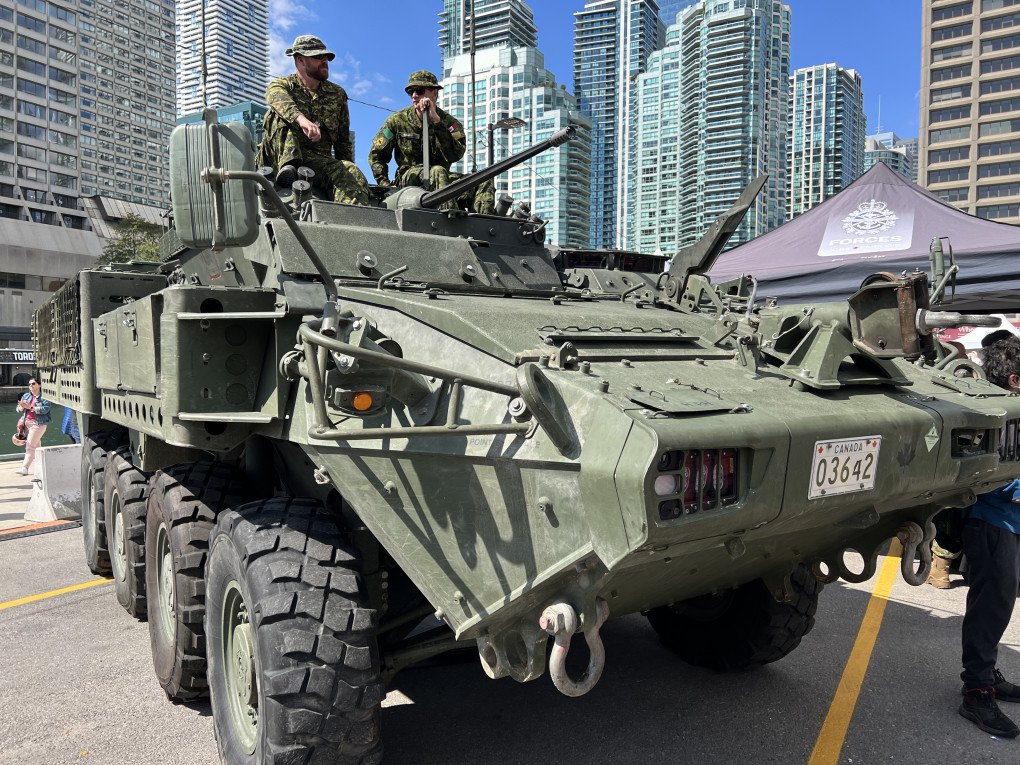
What does this mean for Ukraine?
According to Militarnyi, it remains unclear how exactly the donated vehicles will be used, but it’s expected that the Bison will serve its primary role of troop and cargo transport—likely supporting logistics and medical evacuation near frontline positions.
The Coyote’s fate is less certain. If transferred with their full reconnaissance sensor suites intact, they could dramatically enhance Ukraine’s ability to monitor Russian movements in real time and coordinate strikes. However, Canadian authorities have not confirmed the extent of surveillance gear included.
This donation follows earlier Canadian aid packages, including 25 LAV III infantry fighting vehicles and the advanced LAV 6 ACSV armored support vehicles already in Ukrainian service since late 2022.
-e7135d25a1df027ab0ac4f490d5b8ee9.jpg)
Regardless of final configuration, Militarnyi stresses that Western armored vehicles like the Bison and Coyote—designed with troop survivability in mind—will be a valuable addition to Ukraine’s fight.
Earlier, the Canadian government submitted a proposal to parliament requesting an additional 8.6 billion Canadian dollars (approximately 6.3 billion US dollars) in defense-related spending, with a significant portion allocated to military support for Ukraine and the expansion of international defense cooperation.


-ce9a134791207c81306f56ab3d75ffb6.jpg)
-72b63a4e0c8c475ad81fe3eed3f63729.jpeg)
-45ed3be17a7bb74903649ed9258196f8.jpg)

